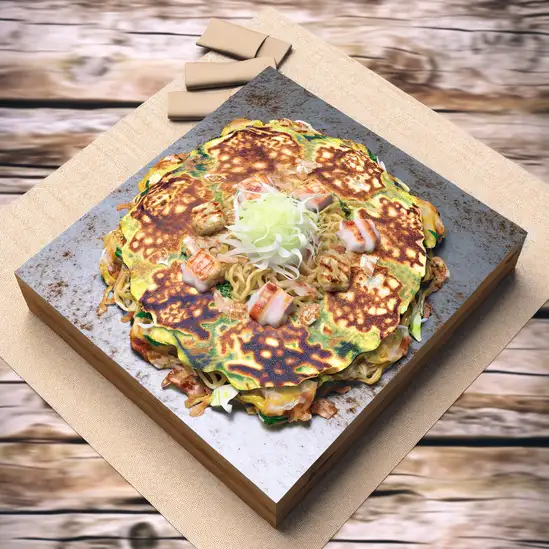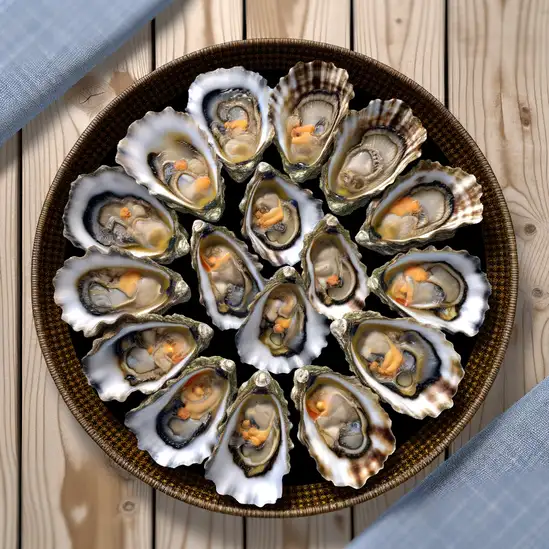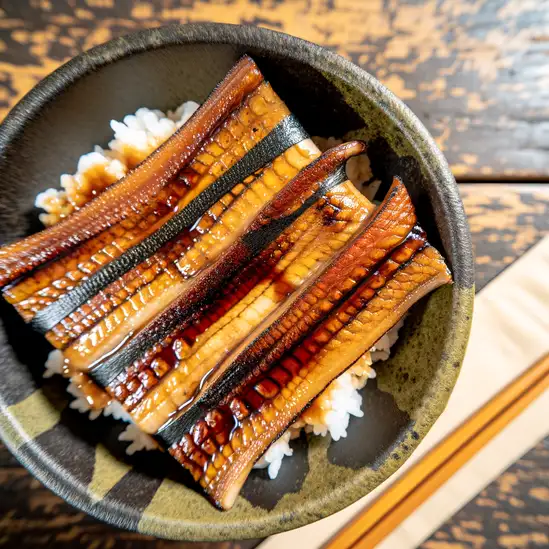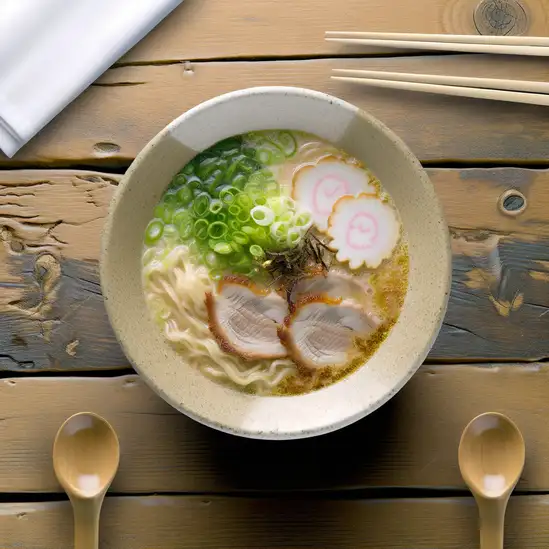


Hiroshima has this incredible mix of quiet reflection and vibrant life that stays with you long after you leave. When you walk through the city,there’s a gentle hum of everyday moments—people chatting over steaming bowls of okonomiyaki,the city’s famous savory pancake,or the soft rustle of leaves in Shukkeien Garden. The air carries a subtle blend of sea breeze and fresh greenery,grounding you in a place that’s both peaceful and full of stories. What really sets Hiroshima apart is its spirit. The Peace Memorial Park is deeply moving,but it’s not just about history—it’s about hope and resilience. You can feel the city’s heartbeat in the way locals honor the past while embracing the future. Nearby,the bustling Hondori shopping street buzzes with energy,where neon signs flicker and laughter spills from cozy cafes and lively izakayas. Don’t miss the chance to take a ferry to Miyajima Island,where the iconic floating torii gate seems to float on the water at high tide. The island’s serene forests and friendly deer add a magical touch to your visit. Hiroshima’s warmth isn’t just in its sights but in its people—their kindness and quiet strength make you feel like you’re part of something meaningful. It’s a city that invites you to slow down,listen,and soak in a unique blend of history,culture,and everyday beauty.
The information on this page is currently being reviewed by Tripkliq and should be used as a guide only
Eng word: Hello
Eng pronunciation: Konnichiwa
Local language: こんにちは
Eng word: Goodbye
Eng pronunciation: Sayōnara
Local language: さようなら
Eng word: Thank you
Eng pronunciation: Arigatō
Local language: ありがとう
Eng word: How much
Eng pronunciation: Ikura
Local language: いくら
Eng word: Toilet
Eng pronunciation: Toire
Local language: トイレ
Eng word: Help me
Eng pronunciation: Tasukete
Local language: 助けて
Eng word: Yes
Eng pronunciation: Hai
Local language: はい
Eng word: No
Eng pronunciation: Iie
Local language: いいえ
Eng word: Excuse me
Eng pronunciation: Sumimasen
Local language: すみません
Hiroshima was founded in 1589 on the delta of the Ota River by feudal lord Mori Terumoto, who made it his capital. Its name means 'Wide Island' in Japanese.
Also known as Carp Castle, Hiroshima Castle was built in 1593 by Mori Terumoto, one of the Five Elders appointed by Toyotomi Hideyoshi. It played a significant role in the history of western Japan.
Located on the island of Miyajima, close to Hiroshima, Itsukushima Shrine is famous for its 'floating' torii gate. It is listed as a UNESCO World Heritage Site and is considered one of Japan's three most beautiful views.
Established in the heart of Hiroshima, this park is dedicated to the legacy of Hiroshima as the first city in the world to suffer a nuclear attack, and to the promotion of peace. It includes the Peace Memorial Museum and other important monuments.
Hiroshima has become a symbol of resilience and peace, successfully rebuilding itself into a bustling, modern city while dedicating significant effort to advocate for global peace and the elimination of nuclear weapons.
Every year on August 6th, Hiroshima holds the Peace Memorial Ceremony to commemorate the victims of the atomic bombing and to pray for lasting world peace.
Dating back to 1620, Shukkei-en Garden is a traditional Japanese landscape garden that was designed to represent a variety of natural landscapes in miniature, offering a tranquil retreat in the city.
Hiroshima is renowned for its unique style of okonomiyaki, a savory pancake that includes layers of ingredients such as cabbage, noodles (yakisoba or udon), and meat or seafood, cooked on a teppan (iron griddle).
Hiroshima is the birthplace of the Mazda Motor Corporation, which started in Hiroshima in 1920 as the Toyo Cork Kogyo Co., Ltd. Today, Mazda is known worldwide for its innovative automotive products.
In Hiroshima, the most common Power Adaptor is Type A, Type B.



A savory pancake made with layers of batter, cabbage, noodles, and various toppings, often including seafood and pork, cooked on a griddle.

Hiroshima is famous for its fresh oysters, which can be enjoyed raw, grilled, or in various dishes, especially during the winter months.

Grilled eel served over rice, often accompanied by a sweet soy-based sauce, showcasing the region's seafood specialties.

Cold dipping noodles served with a rich, flavorful broth, typically made from pork and seafood, allowing for a refreshing and hearty meal.

A unique take on ramen featuring a lighter broth, often made with a combination of seafood and pork, and topped with green onions and other fresh ingredients.
Imagine stepping into a city that buzzes with an infectious energy,where neon lights splash vibrant colors across the night sky and the air hums with laughter and chatter. That’s Osaka for you—a place that feels alive in the most welcoming way. It’s not just a city; it’s a warm,spirited friend who invites you to dive into its lively streets,where every corner tells a story. The scent of sizzling takoyaki and okonomiyaki wafts through the air,tempting you to stop and savor the rich,comforting flavors that define Osaka’s food culture.
Walking through Dotonbori,you’ll hear the rhythmic clatter of chefs flipping pancakes on hot griddles,mixed with the playful calls of street vendors. The city’s character shines in its blend of old and new—ancient castles stand proudly near bustling shopping arcades,and traditional theaters share space with quirky,modern cafes. People here are famously friendly and down-to-earth,always ready with a smile or a helpful tip,making you feel instantly at home.
What makes Osaka truly special is its unapologetic joyfulness. It’s a city that celebrates life through its food,festivals,and everyday moments. Whether you’re savoring a bowl of rich ramen,exploring vibrant markets,or simply soaking in the neon-lit riverbanks,Osaka wraps you in a warm embrace that lingers long after you leave. Trust me,once you experience its spirited charm,you’ll find yourself dreaming of coming back.
Kyoto feels like stepping into a living painting where every corner whispers stories from centuries past. The moment you wander beneath the vermilion torii gates of Fushimi Inari,or stroll through the serene bamboo groves of Arashiyama,you’re wrapped in a calm that’s both timeless and deeply alive. The air carries a subtle mix of incense from ancient temples and the delicate scent of cherry blossoms or autumn leaves,depending on the season. It’s a city that invites you to slow down,to listen to the soft rustle of kimono fabric on narrow streets and the gentle clink of tea cups in quiet teahouses.
Kyoto’s charm lies in its seamless blend of tradition and everyday life. You’ll find monks in saffron robes crossing paths with students on bicycles,and artisans crafting pottery or folding origami with meticulous care. The city’s rhythm is gentle but purposeful,like the steady flow of the Kamo River where locals gather to chat or enjoy a picnic. And the food—oh,the food! From delicate kaiseki meals that feel like edible art to street stalls offering warm yatsuhashi sweets,every bite tells a story of place and season.
What makes Kyoto truly unforgettable is how it feels like a sanctuary for the senses and the soul. Whether you’re watching the sun set behind golden temple roofs or sipping matcha in a quiet garden,there’s a profound sense of connection—to history,nature,and the simple beauty of everyday moments. It’s a city that stays with you long after you leave,quietly inviting you to return.
Tokyo feels like stepping into a living,breathing mosaic where tradition and futurism dance side by side. The moment you arrive,you’re swept up in a vibrant energy that hums through neon-lit streets and quiet temple gardens alike. Imagine the buzz of Shibuya Crossing,where hundreds of people move in perfect chaos,the air tinged with the scent of sizzling street food and fresh cherry blossoms in spring. It’s a city that never quite sleeps,yet somehow offers pockets of serene calm if you know where to look.
Walking through Tokyo,you’ll hear a symphony of sounds—from the rhythmic clatter of trains to the soft murmur of locals chatting over steaming bowls of ramen. The city’s character is a fascinating blend of meticulous order and playful creativity. You can find centuries-old shrines nestled between sleek skyscrapers,and quirky themed cafes that feel like stepping into another world. The taste of Tokyo is unforgettable too—whether it’s the delicate umami of sushi at a tiny neighborhood spot or the comforting warmth of matcha-flavored sweets.
What makes Tokyo truly unique is how it embraces contrasts without missing a beat. It’s a place where you can lose yourself in sprawling shopping districts,then find quiet reflection in a moss-covered garden. The people,warm and respectful,add a layer of kindness that makes the city feel welcoming despite its size. If you’re curious,open-hearted,and ready to explore,Tokyo will surprise you at every turn and leave you with stories you’ll want to share again and again.
If you wander into Nagasaki,you’ll immediately notice a gentle blend of history and warmth that wraps around you like a soft breeze off the harbor. This city carries a quiet resilience,where every street corner whispers stories of its past—both joyful and heartbreaking. As you stroll along the waterfront,the salty tang of the sea mingles with the aroma of simmering champon,a local noodle dish that’s as comforting as a warm hug on a chilly day. The colorful houses cascade down the hillsides,creating a patchwork quilt of life that feels both intimate and alive.
Nagasaki’s character is shaped by its unique crossroads of cultures. You’ll hear the faint echoes of Portuguese and Dutch influences in the architecture and the gentle chime of church bells mingling with the hum of bustling markets. The city’s spirit is reflected in its people—friendly,thoughtful,and quietly proud. Visiting the Peace Park or the Atomic Bomb Museum is a moving experience,but it’s balanced by the lively energy of Chinatown,where the sizzle of stir-fry and the chatter of vendors invite you to savor every bite and moment.
What makes Nagasaki truly special is how it embraces both reflection and celebration. Whether you’re watching the sunset paint the harbor in shades of gold or wandering through the lantern-lit streets during the vibrant festivals,there’s a sense of hope and renewal that stays with you long after you leave. It’s a place that invites you to slow down,listen,and feel the heartbeat of a city that’s been through so much—and still shines brightly.
If you find yourself wandering through Fukuoka-shi,you’ll immediately notice a refreshing blend of vibrant city life and laid-back coastal charm. The air carries a subtle saltiness from the nearby sea,mingling with the enticing aroma of street food stalls sizzling with fresh yakitori and steaming bowls of Hakata ramen. It’s a city that hums with energy but never feels overwhelming—like a close-knit community that’s just big enough to surprise you at every corner.
Walking through the bustling Nakasu district at night,neon lights flicker against the river’s calm surface,while laughter and chatter spill out from cozy izakayas. The city’s pulse is warm and inviting,with locals who are proud yet unpretentious,always ready to share a story or recommend their favorite spot. Fukuoka’s rich history peeks through in its temples and shrines,but it’s the modern art galleries and lively festivals that show how the city embraces both tradition and innovation.
What really sets Fukuoka apart is its pace—fast enough to keep you intrigued,slow enough to savor. Imagine sitting by the waterfront,a gentle breeze brushing your face,as you sip on a cold yuzu drink and watch fishing boats bobbing gently. It’s a place where you can dive into Japan’s culinary delights,explore vibrant markets,and still find quiet moments to just breathe and soak it all in. Trust me,Fukuoka feels like a warm welcome you didn’t know you needed.
If you ever find yourself craving a place where nature’s raw power meets warm,inviting culture,Kagoshima should be at the top of your list. Imagine waking up to the sight of Sakurajima,an active volcano that looms dramatically across the bay,its occasional puffs of smoke a reminder that this city lives on the edge of something wild and alive. The air carries a faint scent of sulfur mixed with the salty sea breeze,a strangely comforting combo that instantly grounds you in the moment.
Walking through Kagoshima’s streets,you’ll hear the gentle chatter of locals,the clinking of glasses in cozy izakayas,and the distant hum of boats bobbing in the harbor. The city has this laid-back rhythm,a blend of old and new where traditional wooden houses nestle beside modern cafes. Don’t miss trying the local delicacy,kurobuta pork—rich,tender,and bursting with flavor,it’s a taste that lingers long after your meal.
What really makes Kagoshima special is its spirit. The people here carry a proud history,from samurai tales to their resilience against volcanic eruptions,and you can feel that strength in their warm smiles and welcoming gestures. Whether you’re soaking in a hot spring with views of the volcano or wandering through lush gardens,Kagoshima invites you to slow down,breathe deeply,and soak in a place where nature and culture dance together in perfect harmony.
Scammers may pose as charity workers, asking for donations for non-existent causes.
Scammers may sell fake tickets for popular tourist attractions or events, often at a discounted price.
Some taxi drivers may take longer routes or charge excessive fares to tourists unfamiliar with the area.
Certain restaurants may add hidden charges or inflate prices on bills for tourists.
Individuals may approach tourists on the street, offering services or products at inflated prices or of poor quality.
Japan has very strict drug laws, and this includes Hiroshima. The possession, use, or trafficking of illegal drugs is severely punished, with potential penalties including long prison sentences and heavy fines. This applies to all forms of illegal drugs, including marijuana, which is illegal in Japan. Prescription medications that are legal in other countries may also be restricted or require special permission to bring into Japan. Tourists should ensure they are fully aware of these regulations and comply with them to avoid serious legal consequences.
In Hiroshima, as in many other cities in Japan, smoking is regulated to ensure public health and cleanliness. Smoking is generally prohibited in many public places, including streets, parks, and public transportation. Designated smoking areas are available, and it is important to use these areas to avoid fines. Many restaurants and bars may have specific smoking sections, but this is becoming less common. Tourists should look for signs indicating smoking areas and adhere to local regulations.
Vaping is subject to similar regulations as smoking in Hiroshima. It is generally prohibited in public places and on public transportation. Designated smoking areas often allow vaping as well, but it is always best to check for specific signs or ask if unsure. Vaping indoors in restaurants, bars, and other establishments may also be restricted, so it is advisable to inquire about the rules in each venue.
What are other people saying about Hiroshima?
Recent Social posts about Hiroshima
There is nothing to show you for now.